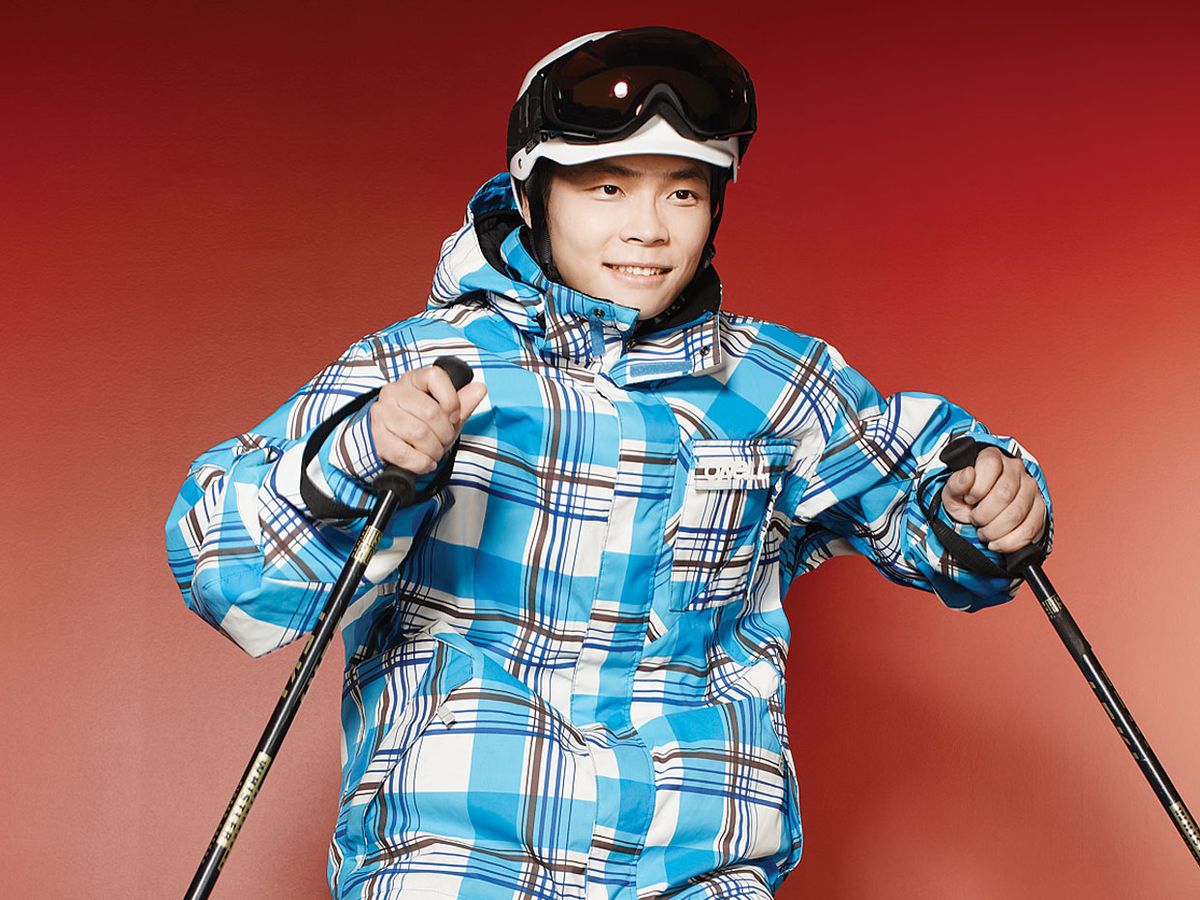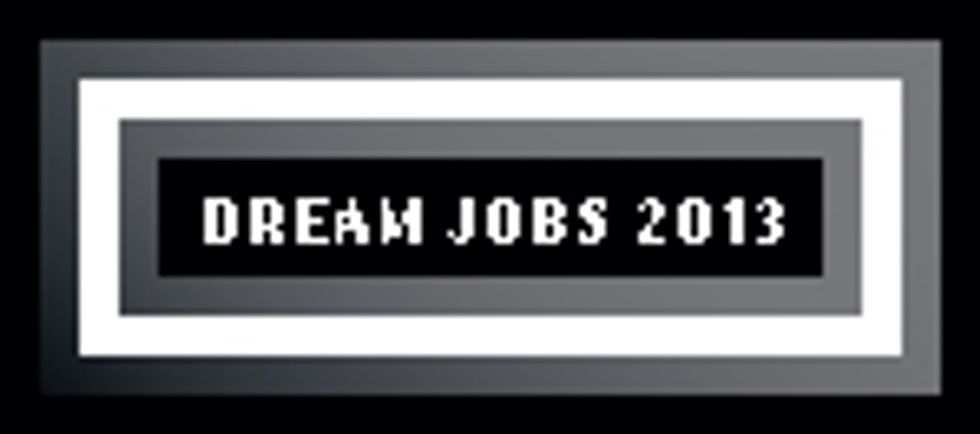Recon Instrument’s Li Chen Augments Skiers' Reality with Heads Up Displays
Li Chen turns ordinary sports goggles into digital dashboards

Hanging in the lobby at Recon Instruments is a framed postcard from Mischo Erban, who last year clocked the fastest standing longboard run ever: 129.94 kilometers per hour—over 80 miles per hour.
Recon doesn’t typically receive thank-you notes from extreme skateboarders like Erban—the company primarily sells its high-tech goggles to skiers. The eyewear projects real-time data (such as speed, location, jump airtime, and text messages) onto a microdisplay, providing the person wearing them with a virtual dashboard that appears to hover 1.5 meters in front of the lenses. The Vancouver, B.C., Canada, start-up pioneered these augmented-reality goggles years before Google debuted its much-touted head-mounted display, Google Glass.
Erban didn’t know it, but he owed the bulk of his gratitude to Li Chen, the humble and meticulous engineer who was the company’s first employee. Although Chen won’t readily admit it, he almost single-handedly built and programmed Recon’s original prototype, which eventually evolved into Erban’s helmet-mounted display. “We joke that Li wrote the entire operating system for the first product,” says Alex Dunfield, one of Chen’s coworkers. “We called it LiX.”
Chen never imagined his job would be the envy of sports gearheads. He grew up in the mountain city of Shiyan, China. The area, sometimes known as the “Detroit of China,” serves as the country’s center for automobile manufacturing. Chen never became interested in cars, but he was mechanically minded.Whenever he got a new toy or gizmo as a boy, he would immediately take it apart and try to reassemble it. He could easily see how the gears and levers of his mechanized playthings operated. But each time he came across a control chip, he wondered: “What the heck is that black magic square?”
His curiosity drove him to study electronics engineering at Wuhan University. When he graduated in 2005, he realized he still lacked an intimate knowledge of how semiconductors work, and so he applied to master’s programs in the United States and Canada. He ended up joining the nanoelectronics group at the University of British Columbia, where he investigated the performance of miniature transistors fashioned from carbon nanotubes.
Then one day in 2008, during his last semester, a friend introduced him to Hamid Abdollahi, a fellow graduate student who, with three recent UBC alums, had just formed a company to make smart sports goggles. The four founders hatched the idea during a class they took together that teamed business and engineering students. One member of the group, Dan Eisenhardt, who had been a competitive swimmer in Denmark, proposed making goggles that could display real-time training data, such as heart rate, lap time, and stroke count, right before a swimmer’s eyes.
To the team’s disappointment, Abdollahi soon discovered that someone else already owned a patent for swimming goggles with a head-up display. So Recon decided it would instead build electronically augmented ski goggles, then move on to motorcycle helmets and bicycling glasses. As the nascent company’s chief technology officer, Abdollahi first had to hire an engineer who could help him build a prototype. He began by interviewing master’s students at UBC and took to Chen instantly. “He was the smartest kid I met,” Abdollahi says.
For a workspace, Abdollahi rented a small office at UBC. The room, not much larger than a walk‑in closet, was stuffed with dusty chairs and a couple of broken desks. He and Chen hauled out those discards and replaced them with two new tables, a printer, a fax machine, and a potted plant. Then they got to work.
For their first system, they connected a gyroscope, a compass, and a GPS receiver to a microprocessor and a tiny display. Chen wrote the code that pulled data from the sensors and showed the results on the small screen. He tested the system by racing around campus and watching the display update. The equipment was so big he had to carry it in a backpack, but it proved that Eisenhardt’s idea could work. The next big challenge was to shrink all those electronics into a lightweight package that could fit into a plastic lens frame.
The job was too big for a two‑man tech team, though. So Abdollahi rented a second office and hired more engineers. Soon their tiny rooms were packed so tightly that Chen could barely squeeze his laptop onto a corner of his shared worktable. “It was okay with me,” he jokes. “I came from a crowded country.”
He wouldn’t be cramped for long. By the time Recon released its first product in November 2010, it had moved into a spacious warehouse in downtown Vancouver. Chen now finds himself with plenty of elbow room during the workday, in an airy office surrounded by coffee shops and art galleries. Indeed, Recon’s headquarters looks as if it had been plucked straight from Silicon Valley: There are foosball tables, open workstations, and free food and beer on Friday afternoons.
On one of those afternoons last September, Chen was fine-tuning the algorithm that converts raw sensor data into meaningful information during ski jumps, such as height, speed, and body position. Not being a skilled skier himself, he tests his code tweaks by using a trampoline or hopping down the stairs. When he finishes a software upgrade, he hands it off to the “quality assurance team,” a bunch of tech-savvy daredevil skiers and snowboarders.
The QA team normally does its testing on nearby Whistler Mountain or on Mount Hood, in Oregon, and sometimes Chen and the other engineers tag along. Sure, Chen says, it’s awesome getting ski tips from the pros. But what he loves best about a long day on the slopes is his idea of an après-ski good time: retiring to the lodge to troubleshoot his code.
This article originally appeared in print as "Augmented-Reality Pioneer."
